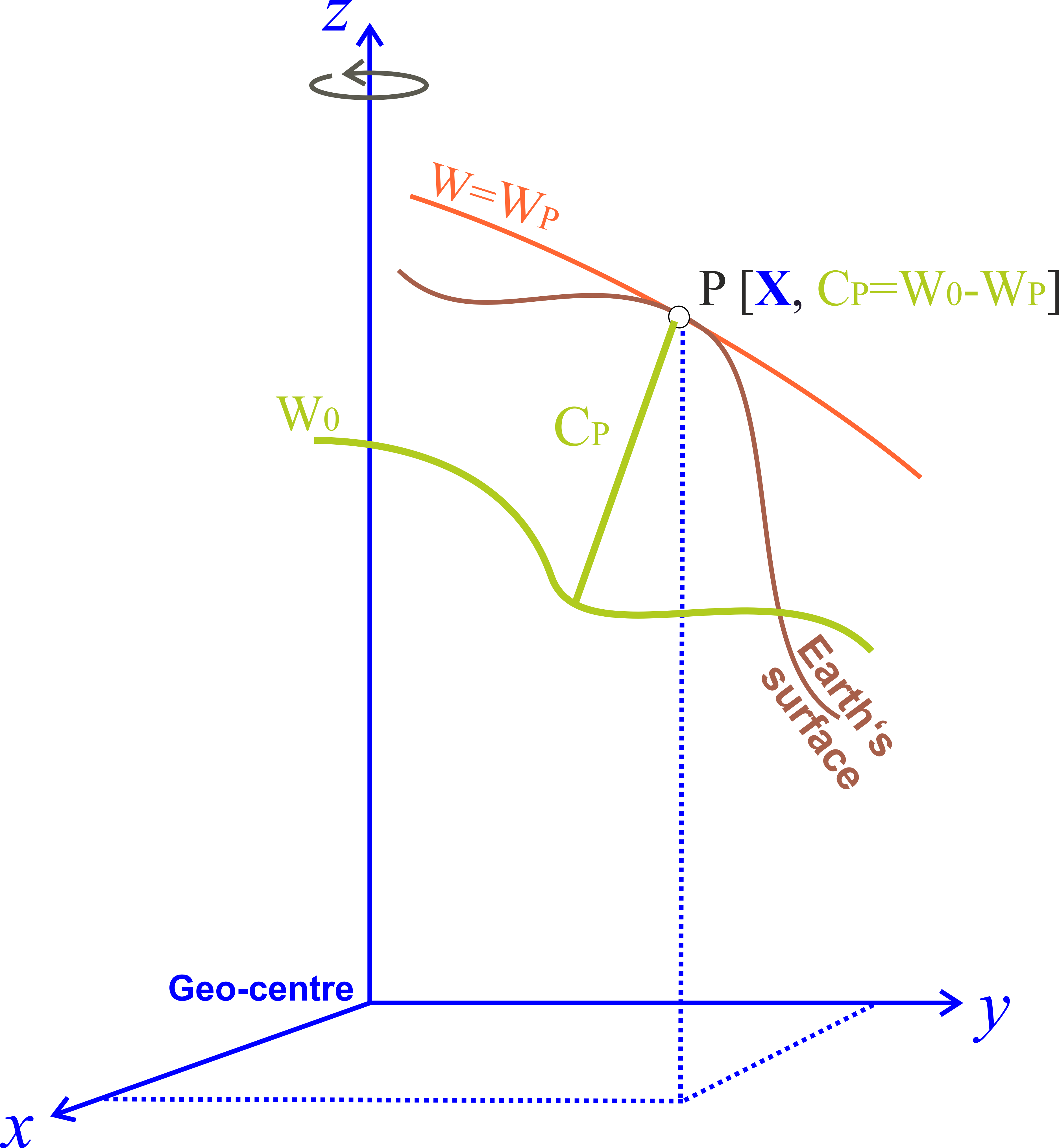Global Vertical Reference System

To determine, investigate and model global changes in the Earth system, geodetic reference systems with long-term stability (the same accuracy at any time) and homogeneous consistency worldwide (the same accuracy everywhere) are required. The International Terrestrial Reference System (ITRS) and its realization, the ITRF (International Terrestrial Reference Frame), guarantee a globally unified geometric reference frame with reliability at the cm-level.
But with respect to heights, an equivalent high-precise global physical reference system that provides the basis for the consistent determination of gravity field-related coordinates worldwide, in particular geopotential differences or physical heights is missing. With no conventional global height system, most countries use local height systems, which have been implemented individually, applying in general non-standardized procedures. These height systems refer to local sea levels, are stationary (do not consider variations in time), use different types of heights (orthometric or normal heights), and their combination in a global frame presents discrepancies at the metre level.
DGFI-TUM's main objective of this research topic is to provide the methodological foundation for the realization of a global geopotential-based height system. The vertical coordinates should be given by geopotential numbers C(P) = W0 - W(P) referring to an equipotential surface of the Earth's gravity field realized by a conventional W0 value as the gravity potential of the geoid. The spatial reference of the position P for the potential W(P) = W(X) should be given by geocentric Cartesian coordinates X referring to the ITRS. As the reference value W0 is to be constant and conventionally adopted, the global height system essentially materializes the combination of a geometric component given by the coordinate vector X in the ITRS and a physical component given by the determination of potential values W at X. According to this, efforts are concentrating on:
- Determination of a global reference frame (in the same way as the ITRF) and the description of the needed station characteristics to reach the required reliability in the realization of the reference system;
- Methodology for the computation of station coordinates (positions and velocities) in agreement with the definitions and conventions outlined within the physical and geometrical components;
- Quality assessment and comprehensive error quantification in the determination of the potential coordinates;
- Strategy to ensure the long-term stability and sustainability of the reference system and its realization;
- Accurate transformation (connection) of the existing local height systems height into the global one;
This topic is closely linked to the GGOS Focus Area 1 (Unified Height System), which is chaired by DGFI-TUM.
Related projects
Selected Publications
 (Open Access)
(Open Access)
Arcisstraße 21
80333 München